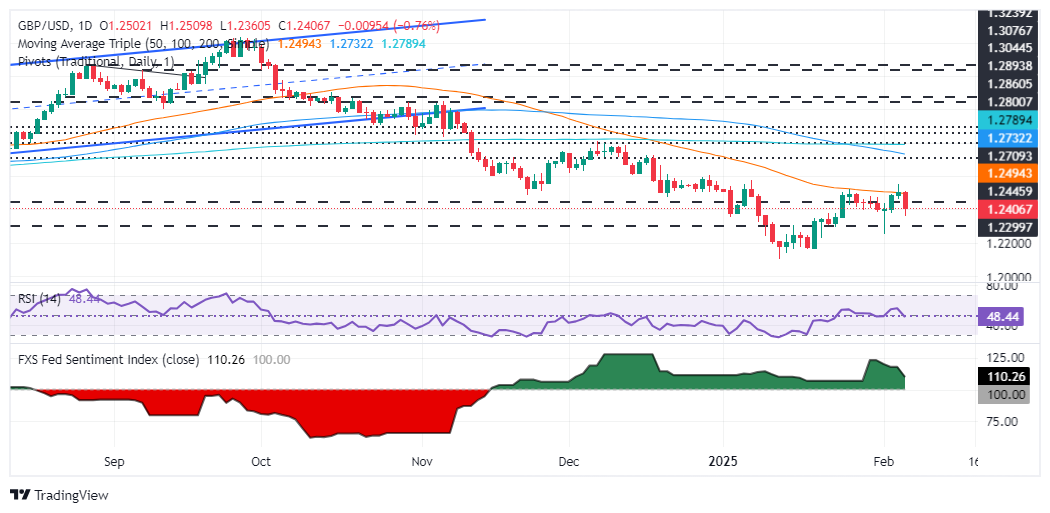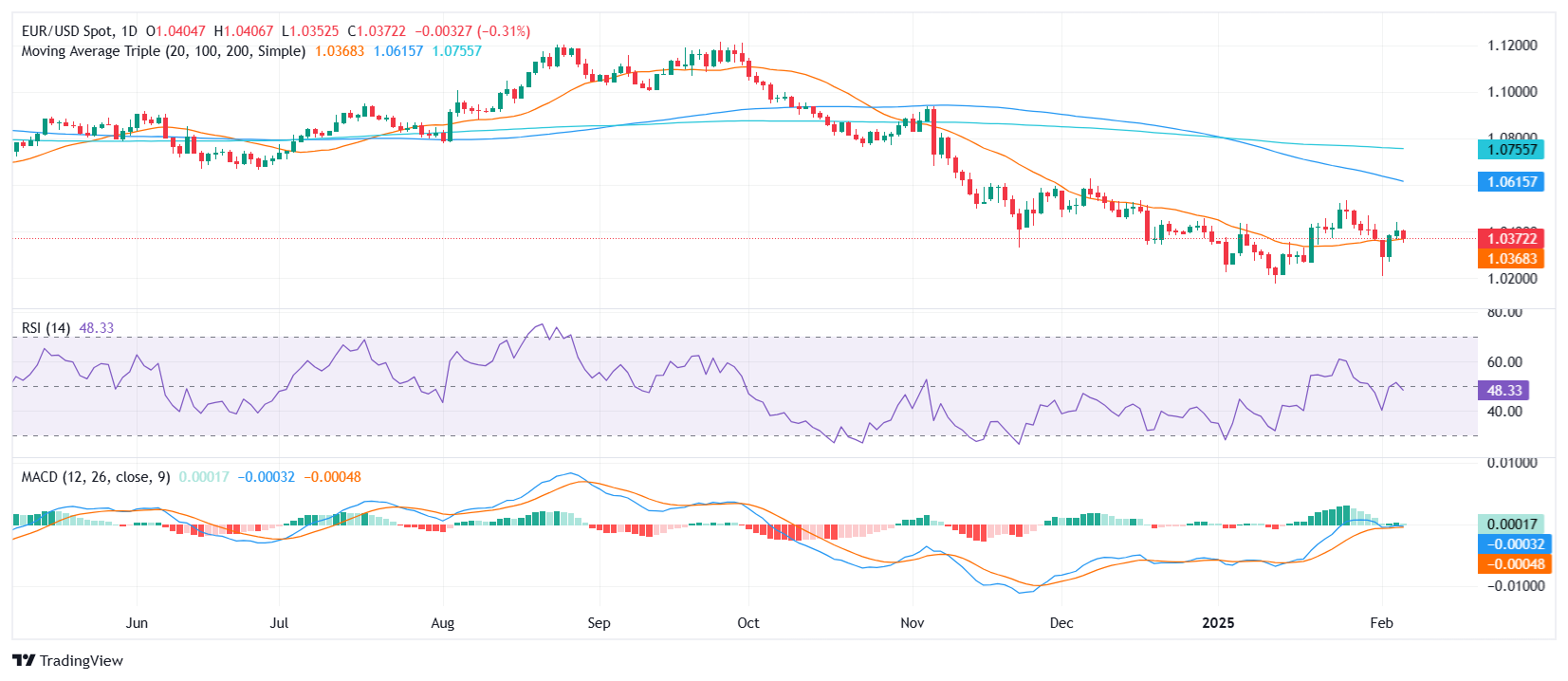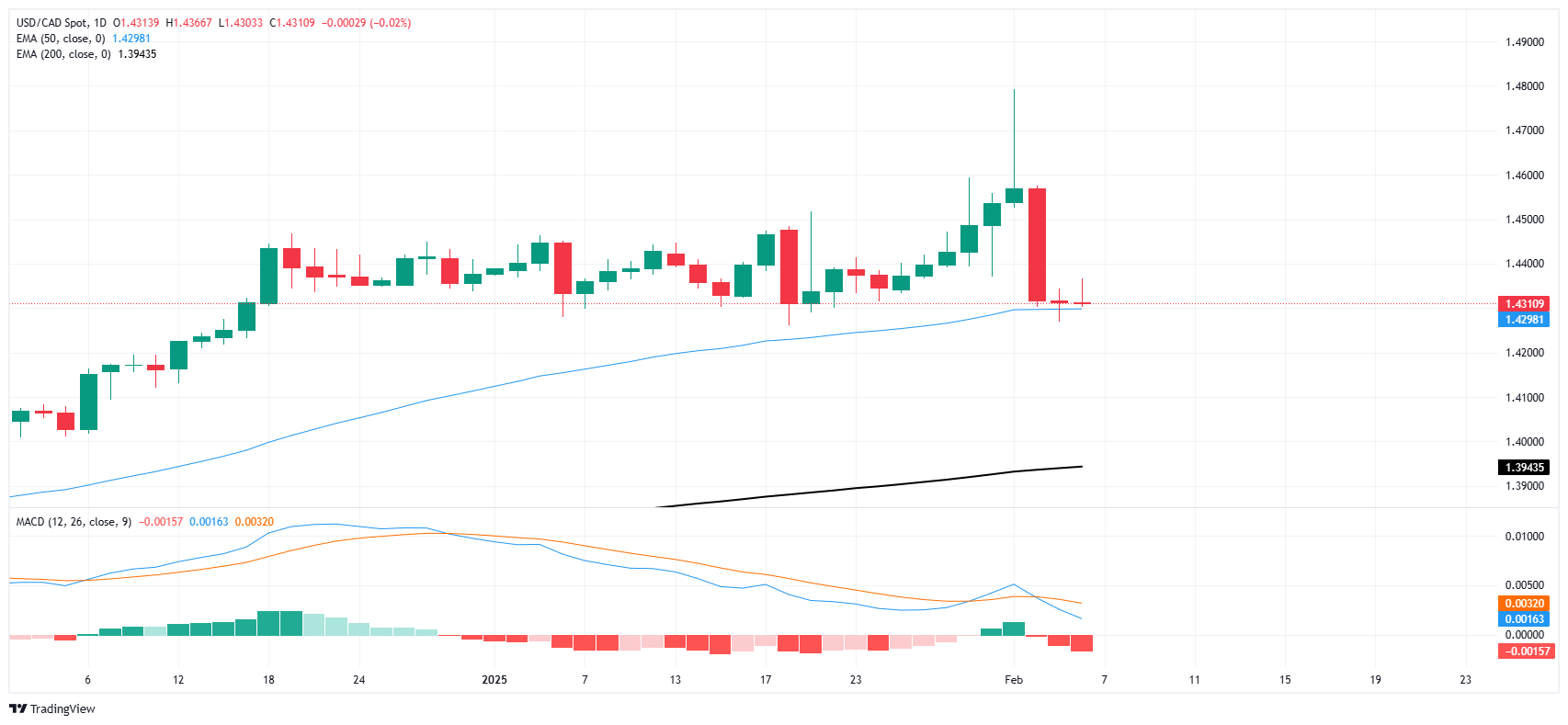GBP/JPY dives to near 188.40 as all BoE members support 25-bps interest rate reduction
- GBP/JPY falls swiftly to near 188.40 as two BoE MOC members favored large interest rate cuts.
- The BoE sees a temporary uptick in inflation before returning to the 2% path due to higher energy prices.
- BoJ Tamura sees interest rates to rise to at least 1% by the second half of the fiscal year beginning in April.
The GBP/JPY pair faces an intense sell-off and dives vertically to near 188.40 in Thursday’s North American session, the lowest level seen in two months. The cross plummets after the Bank of England’s (BoE) monetary policy meeting in which the central bank reduced its key borrowing rates by 25 basis points (bps) to 4.5%.
British Pound PRICE Today
The table below shows the percentage change of British Pound (GBP) against listed major currencies today. British Pound was the strongest against the New Zealand Dollar.
| USD | EUR | GBP | JPY | CAD | AUD | NZD | CHF | |
|---|---|---|---|---|---|---|---|---|
| USD | 0.45% | 1.05% | -0.14% | 0.25% | 0.42% | 0.59% | 0.51% | |
| EUR | -0.45% | 0.61% | -0.60% | -0.19% | -0.02% | 0.15% | 0.04% | |
| GBP | -1.05% | -0.61% | -1.21% | -0.80% | -0.63% | -0.46% | -0.55% | |
| JPY | 0.14% | 0.60% | 1.21% | 0.38% | 0.57% | 0.71% | 0.65% | |
| CAD | -0.25% | 0.19% | 0.80% | -0.38% | 0.18% | 0.34% | 0.26% | |
| AUD | -0.42% | 0.02% | 0.63% | -0.57% | -0.18% | 0.17% | 0.06% | |
| NZD | -0.59% | -0.15% | 0.46% | -0.71% | -0.34% | -0.17% | -0.08% | |
| CHF | -0.51% | -0.04% | 0.55% | -0.65% | -0.26% | -0.06% | 0.08% |
The heat map shows percentage changes of major currencies against each other. The base currency is picked from the left column, while the quote currency is picked from the top row. For example, if you pick the British Pound from the left column and move along the horizontal line to the US Dollar, the percentage change displayed in the box will represent GBP (base)/USD (quote).
The BoE was already expected to cut interest rates but with an 8-1 vote split. However, the outcome of the policy meeting showed that all Monetary Policy Committee (MPC) members favored an interest rate cut decision. Above that, two members supported a larger-than-usual reduction of 50 bps.
Market participants have considered BoE members’ support for large interest rate cuts a dovish message for the monetary policy outlook. However, BoE Governor Andrew Bailey has guided a cautious and gradual rate cut approach amid expectations that the United Kingdom (UK) headline Consumer Price Index (CPI) could temporarily accelerate to 3.7% before resuming its downside journey towards the central bank’s target of 2%.
Andrew Bailey has refrained from committing to a preset rate-cut path. However, market participants have raised dovish expectations that the BoE will cut three times more this year. Before the BoE meeting, traders fully priced in two rate cuts for the entire year after Thursday’s monetary policy meeting.
Meanwhile, the Japanese Yen (JPY) performs strongly across the board amid growing expectations that the Bank of Japan (BoJ) will raise interest rates further this year. BoJ hawkish bets accelerate after board member Naoki Tamura must raise interest rates to at least 1% by the second half of the fiscal year beginning in April, Reuters reported. Tamura’s hawkish guidance was based on the assumption that there would be broad-based pay increases, which would lift price pressures.




